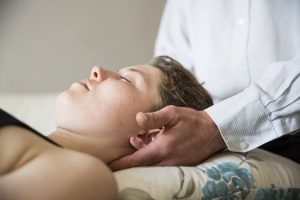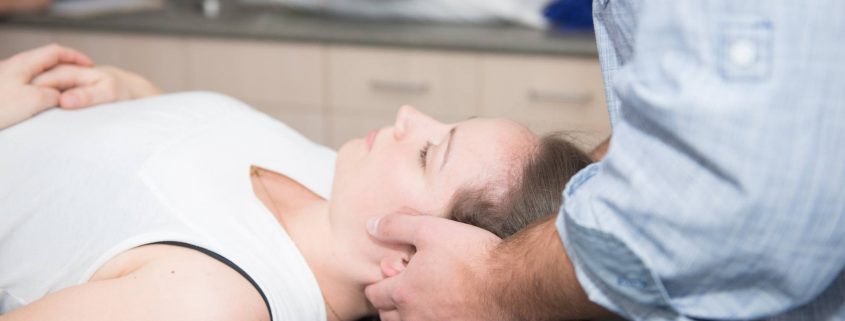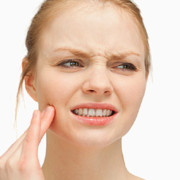Jaw Pain and Physiotherapy
Have you experienced jaw pain/TMJ pain? Did you know that physiotherapy can help treat jaw disorders? You may have read our previous article Do You Have TMJ? and are thinking this will be more of the same… however, jaw pain is complex and there are enough details for countless blogs on the jaw! Let’s dive in…
Temporomandibular joint (TMJ) pain may present itself with some varying symptoms depending on what is going on.
TMJ dysfunction often looks and feels like (one, some, or all of):
- jaw pain often worse with opening the mouth wide/yawning
- restricted range of motion (difficulty moving the jaw in various ways)
- may be clicking present – which may be painful or non painful
- pain/difficulties with chewing harder/chewy foods
- locking of the jaw (getting stuck open, closed or somewhere in between)
- ringing in the ears/feeling stuffy
- neck pain and headaches
There is a large connection between the upper neck and the TMJ therefore often times people with TMJ issues also present with some dysfunction of the upper cervical spine and may also have neck pain/headaches. At times there can be some associated ear symptoms such as ringing of the ears/stuffiness.
Some causes for the TMJ dysfunction could be if the articular disc inside the joint is not gliding properly within the joint (internal derangement), tension of the muscles of the jaw/neck, arthritis of the TMJ joint, due to a connective tissue disorder causing hypermobility or due to a trauma to the joint (such as a fracture or an acute arthritis). Quite often, there is some associated mechanical dysfunction of the upper cervical spine alongside the TMJ disorder.

Jaw pain can be closely connected to the function of the neck. We ensure to look into this possible connection
What is the TMJ?
The temporomandibular joint consists of the articulating bony surfaces of the condyle of the jaw bone (mandible) and a groove in one of the bones of the head (temporal bone). There is an intraarticular disc inside the joint which when functioning properly glides between the two boney surfaces. Various muscles attach either to the disk or around the joint. There is connective tissue that surrounds the joint forming the joint capsule.
Depending on what the cause of the TMJ pain is, physiotherapy may be able to help! Contact us for more details and get started on your road to recovery TODAY!




